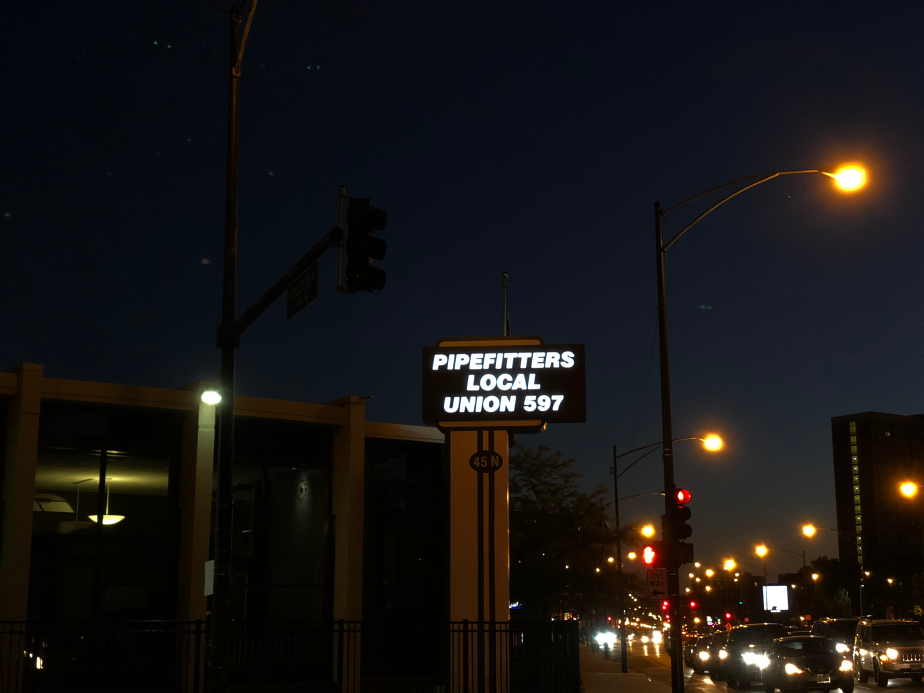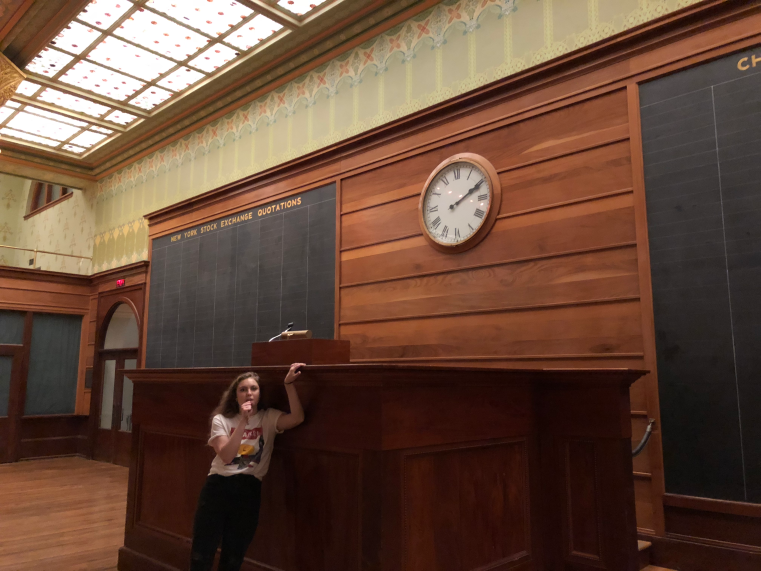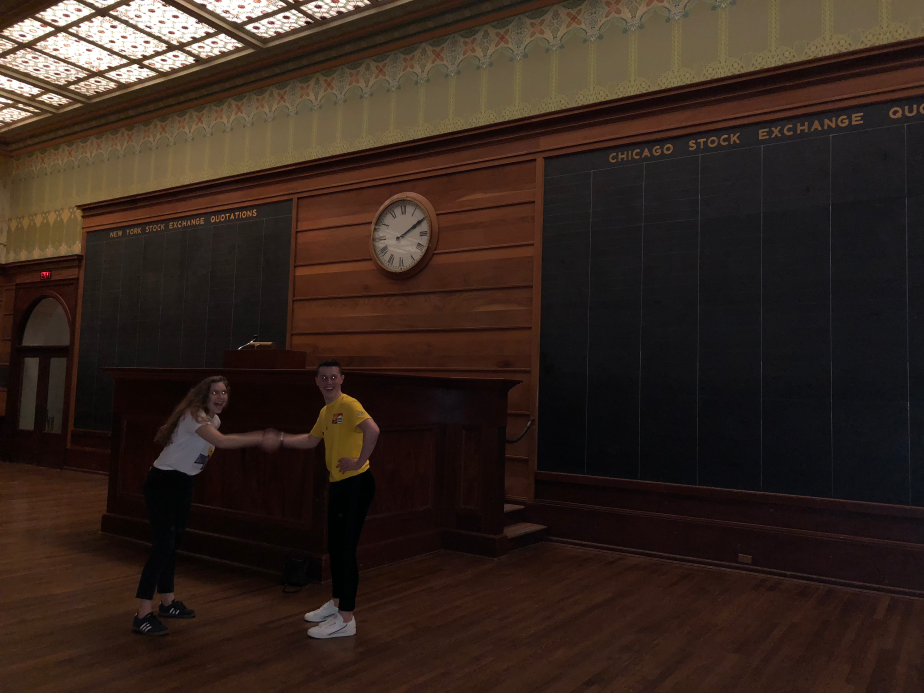This week brought a new light to the ongoing citizen debate in the United States. After examining how Irish Catholics were perceived to be a threat to American society in the 19th century, while also becoming role models to the new immigrants coming to the United States, made the debate even more difficult to understand. Until John F. Kennedy’s 1960 presidential election victory when he became the first and only Roman Catholic president the country has seen, Catholics were considered to be on the outside of society. The 1960s brought several monumental acts of equality, including the Civil Rights Act of 1964, which was passed to protect the Civil Rights Act of 1957 and 1960, and the Voting Rights Act of 1965. The Civil Rights Act of 1957 attempted to enforce the idea of racial equality following the 1954 Brown v. Board of Education decision. The Civil Rights Act of 1960 was meant to end any loopholes found the in the Act passed in 1957 and enforce the 15th amendment in states where voter disenfranchisement was rampant. The Civil Rights of 1964 outlawed discrimination based on race, color, religion, sex, or national origin. Because religion was involved in the case, Catholics were unable to be discriminated against legally, although if we’ve learned anything, just because something is put on paper, doesn’t mean it works in practice.
While Catholics were heavily discriminated against in the 19th and early to mid 20th centuries, they were given access to full citizenship, meaning they could participate in government, the economy, and obtained the benefits of the Constitution including the laws given in the Civil Rights Act of 1964. Statistically the Catholic community is older and more diverse, rather than the perceived notion that it’s just white people, therefore it’s hard to define the community as being treated as full citizens. While white Catholics were, and still are, privileged because of their skin color, up until 1964 they were able to be discriminated against because of their religion. Looking at white Catholics in 2018, they’re in a place of higher privilege because of their skin color and the general lack of interest from society in religion. Therefore they’re put on a higher pedestal because of their skin color, rather than their religious identity. Whereas Catholics who are people of color, which is 42% of the Catholic population, are discriminated against because of their skin color and ethnic identity, rather than their religious one.
This week we were sent on a scavenger hunt around the city to take a look at Chicago’s Catholic and union history. I went on the adventure with my fellow classmate, Spencer. We first went to Union Park and saw a statue of James Connolly, an Irish Catholic Marxist that established the Industrial Workers of the World organization that worked against the American Federation of Labor, which denied unskilled workers to join craft unions and accepted capitalism. Because we arrived at the park when it was already dark outside, the park seemed oddly placed. On one side there was a church, it turned oddly residential, and then farther up Ogden there were official union meeting places. While the park seemed oddly placed, it made sense why it’s a memorial as the unions would meet and protest/discuss their expectations from their employers. As we went farther down Ogden, we saw the Pipefitters Local Union, the Chicago Patrolmen’s Federal Credit Union, and finally the Plumbers Local Union and Training Center.

We found the sign for the union, which was a pipe wrench with an electronic screen that read out “The Plumber Protects the Health of the Nation,” which is admittedly true, where would we be without plumbers? This tactic enforces the idea that skilled trade workers are the backbone of the nation and need to protected by their employers. While on the way to the Haymarket Memorial on the other side of the river, we stumbled upon some of the Chicago night-life that most wouldn’t associate with union workers. The apartments for rent were huge high-rises with balconies and came with gyms on the bottom floor. We passed a number of yoga studios, Starbucks, and expensive restaurants where young professionals came pouring out of the renovated inside of what would’ve been tenement housing only one hundred years ago. There were breweries, the largest Free People store I have ever seen, an Anthropologie storefront, and we had dinner at Nando’s. It was weird walking around in a pricey neighborhood knowing that unions were there first and the complete contrast of the population there now. Because unions were formed as a way to protect the common man from the evils of an employer in a capitalistic society, it’s interesting to see that the residents of the past wouldn’t approve of the high end lifestyle residents of the West Loop encompass. The Haymarket Memorial once again reflected the obvious differences of the West Loop today and the residents from a century before. The memorial was almost hidden among the skyscrapers and more high end restaurants that filled the spaces of people who suffered in poverty before.


The next day we went to the Chicago Art Institute to see the Chicago Board of Trade’s original home. We were shocked by the size of the room, it seemed so small for something as large as trade. It was hard to imagine the amount of people that worked together to make Chicago the economic hub that it is today. Because we passed the newer Chicago Board of Trade the night before, we were able to appreciate the power that came from the small room that now serves as a reminder of how unions drove the economy by becoming the backbone of the country.



